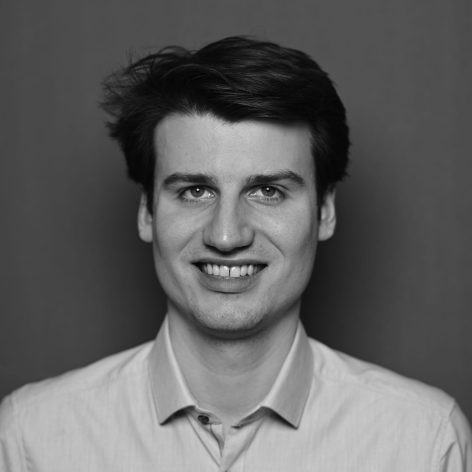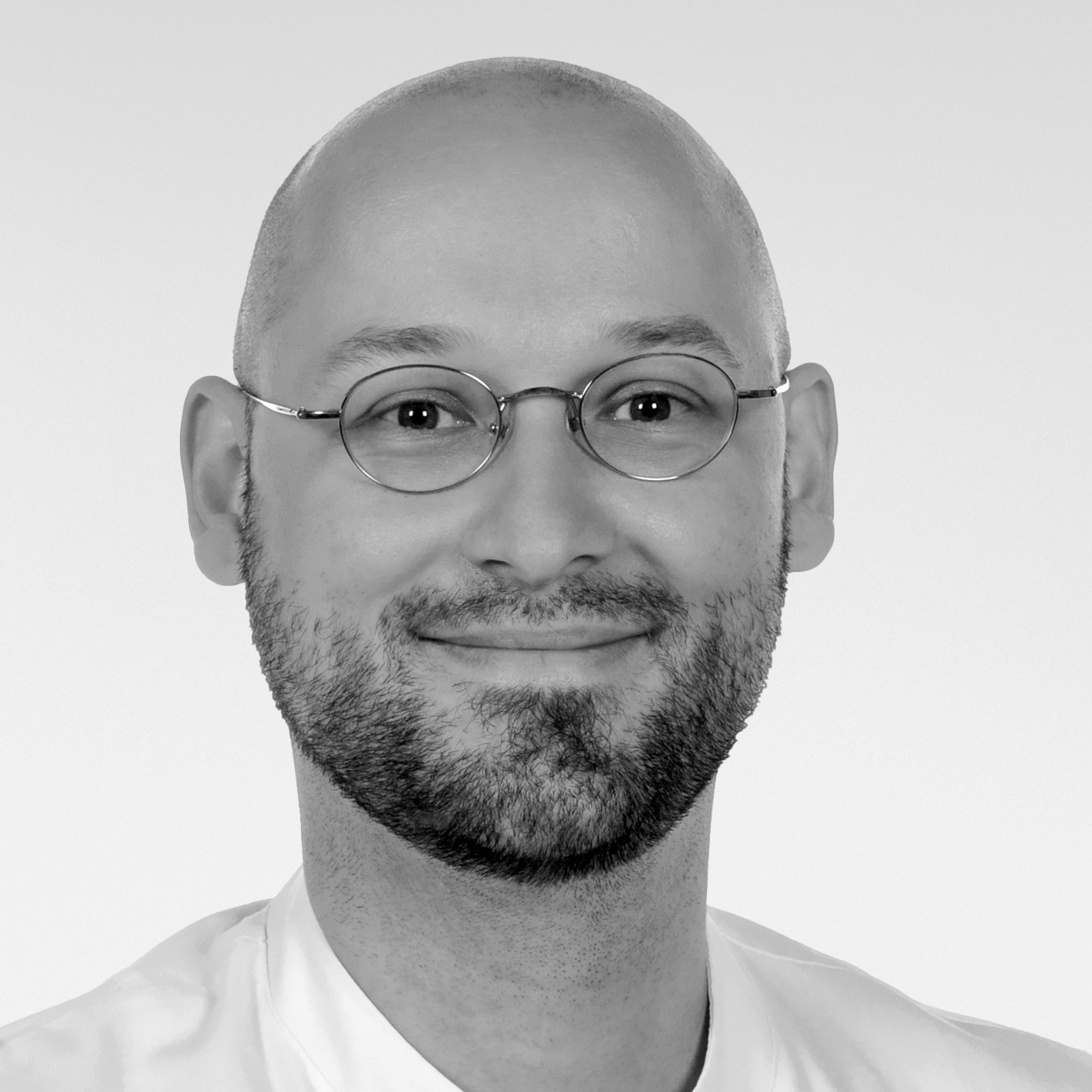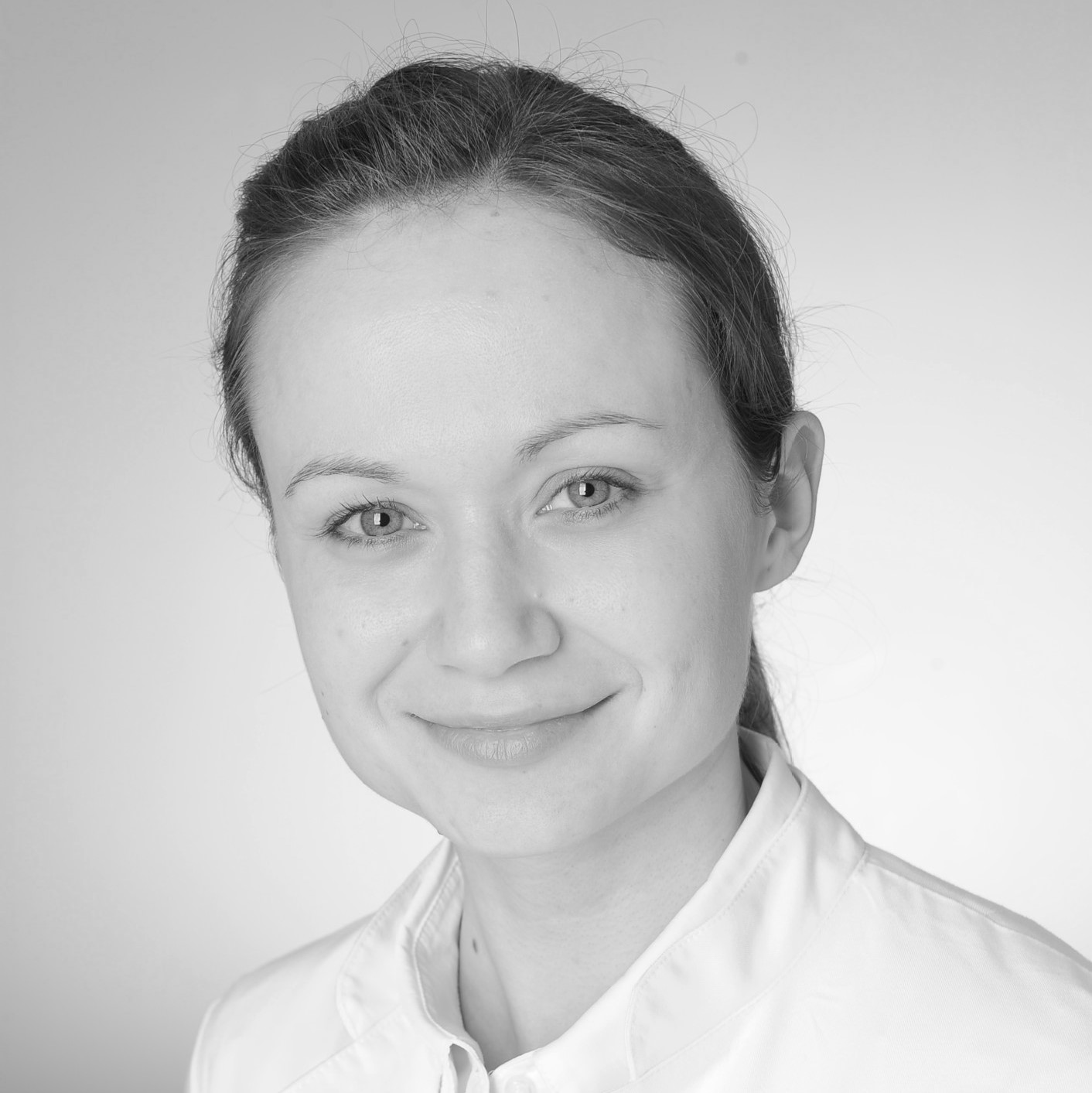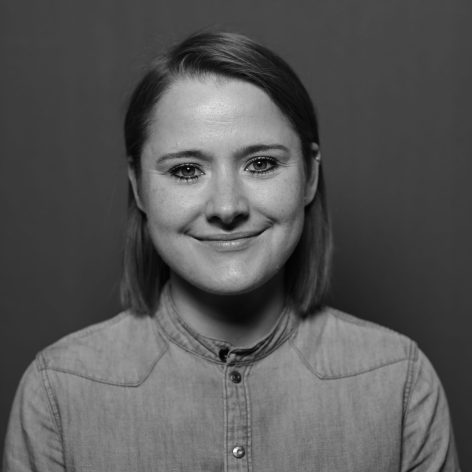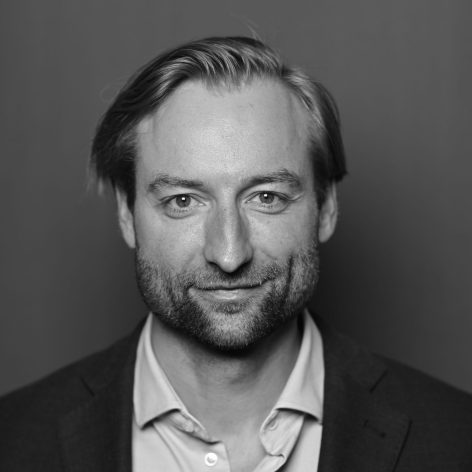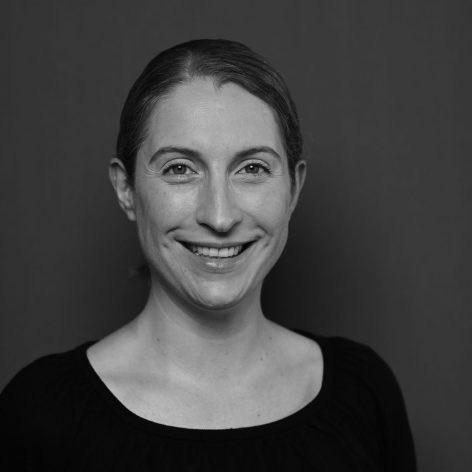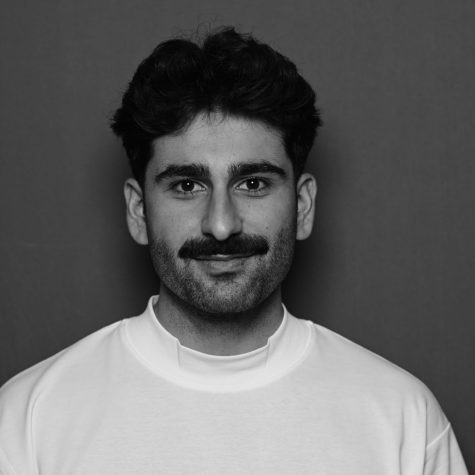Clinician scientists
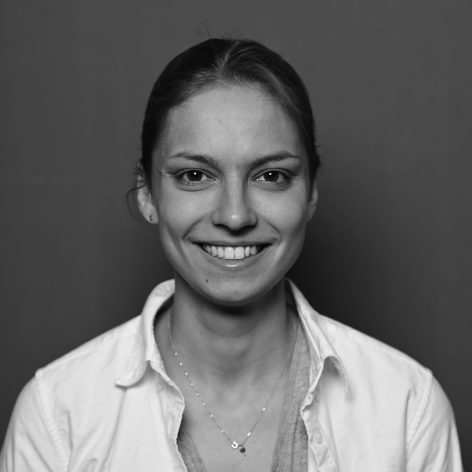
©MedizinFotoKöln
Dr. Elena Jäger
C04
C04 Apraxia in Alzheimer’s disease: Plastic reorganisation of praxis networks in response to chronically progressive dysfunction
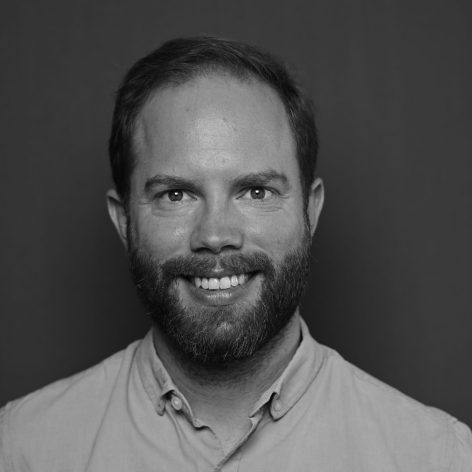
©MedizinFotoKöln
Dr. Thomas Schüller
C07
C07 Neural networks underlying motor tic formation and suppression
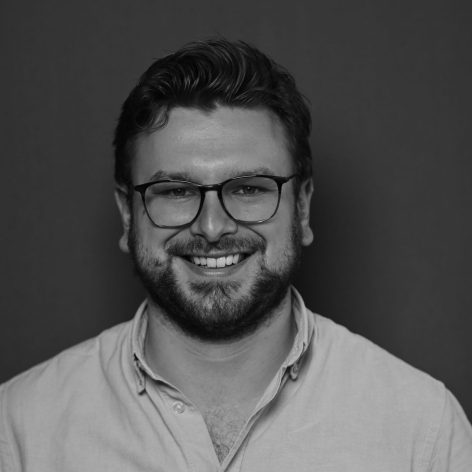
©MedizinFotoKöln
Dr. Hendirk Theis
C03
C03 Striatal dopamine and volitional motor control: vigour, planning, and incentive salience
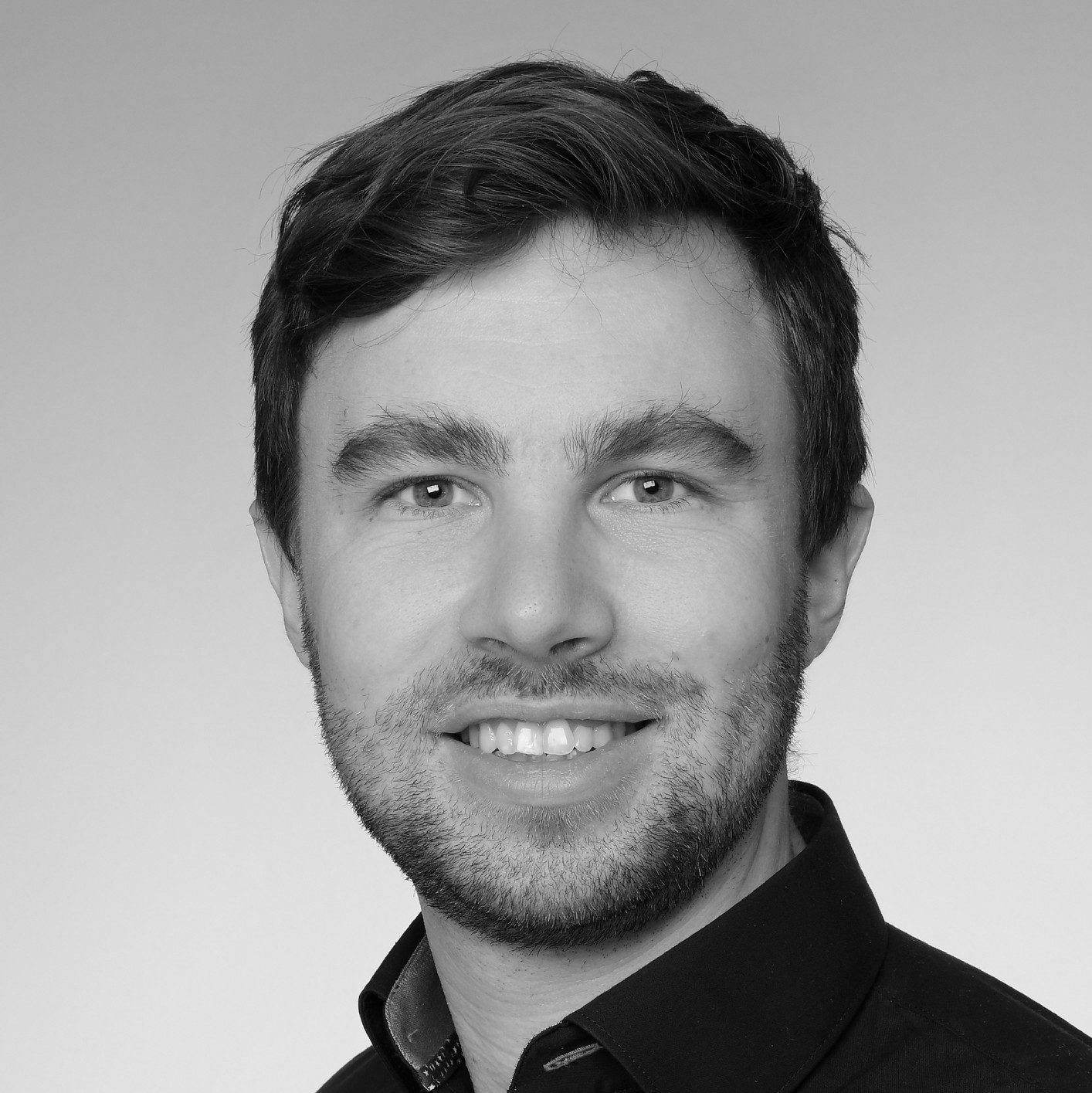
©Michael Wodak
Dr. Jasper Vöckel
B02
B02 Neural network maturation underlying top-down motor control and movement initiation in childhood and adolescence
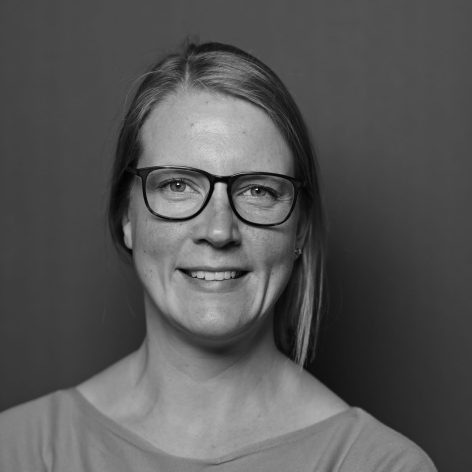
©MedizinFotoKöln
Dr. Helene Walter
C01
C01 Identification and selective stimulation of motor recovery-related functional networks after experimental stroke

©MedizinFotoKöln
Dr. Heidrun Wunram
B02
B02 Neural network maturation underlying top-down motor control and movement initiation in childhood and adolescence
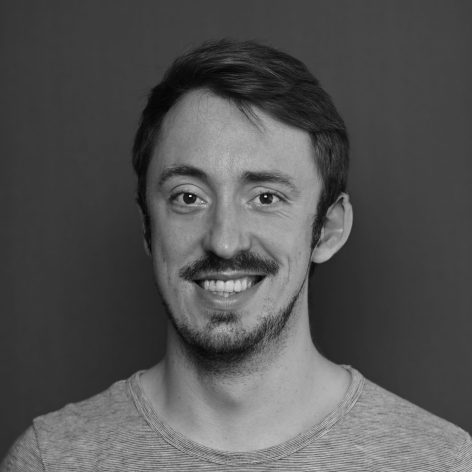
©MedizinFotoKöln
Dr. Philip Zeyen
C06
C06 Major Depression as a transient functional lesion model of motor control

